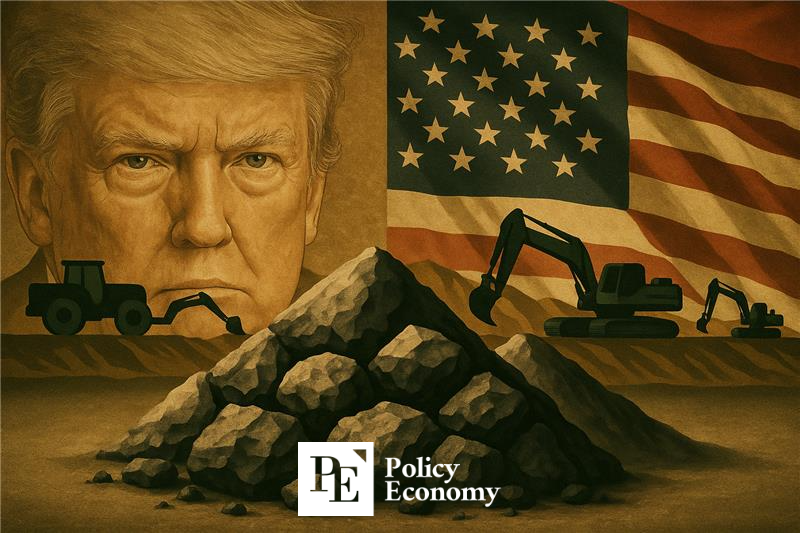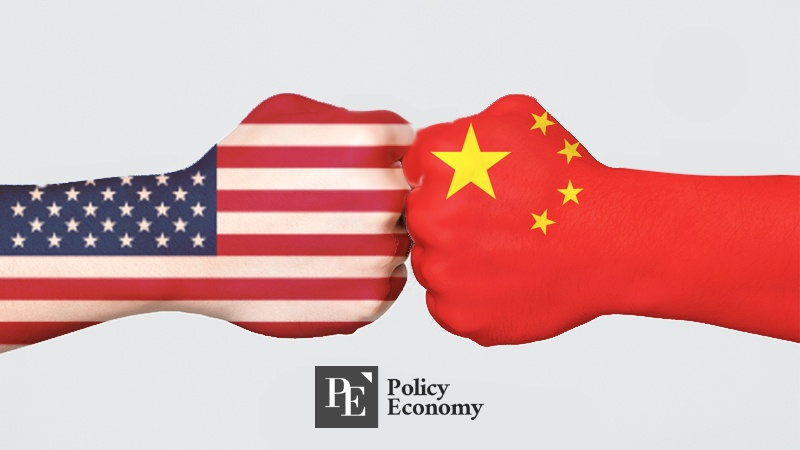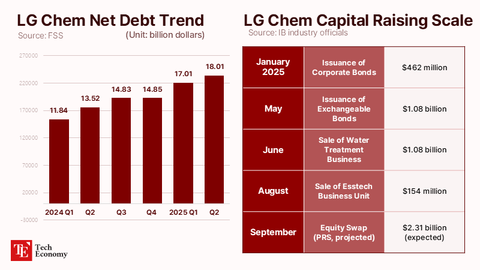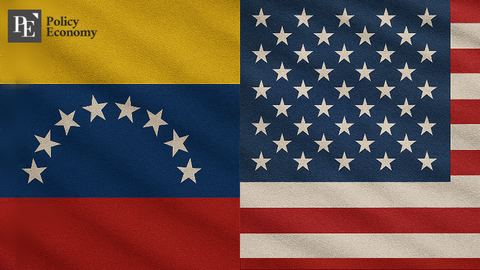As China Weaponizes Rare Earths, Trump Scrambles with ‘National Security Review’ of Critical Minerals
Input
Modified
Laying the Groundwork for Stricter Export-Import Controls on China Rising Import Dependence Exposes Military Vulnerabilities Resource War Scenarios Are Rapidly Becoming Reality

U.S. Invokes Trade Expansion Act Section 232 for Strategic Minerals Amid China Tensions
On April 15 (local time), the White House announced that President Donald Trump signed an executive order authorizing a national security investigation under Section 232 of the Trade Expansion Act, titled “Ensuring National Security and Economic Resilience Through the Investigation of Processed Critical Minerals and Derivatives.” Section 232 allows the U.S. president to take emergency action if foreign imports are deemed a threat to national security.
Under the directive, Commerce Secretary Howard Lutnick must submit a preliminary report within 90 days and a final report and recommendations within 180 days. The move is widely seen as a response to China’s export controls on rare earth elements (REEs). Earlier this month, Beijing announced restrictions on exports of seven critical REEs—such as samarium, gadolinium, and terbium—in retaliation for new U.S. tariffs. NEC Director Kevin Hassett described China’s move as “very concerning” and indicated the White House is “reviewing all options” in response.
Focus on Processed Critical Minerals, Not Just Raw Ores
The investigation specifically targets processed forms of critical minerals, such as refined and high-purity REEs, rather than unprocessed ores. While the U.S. possesses domestic reserves, most processing infrastructure is located abroad, making the country heavily dependent on imports for these materials.
President Trump considers this reliance a national security threat, particularly in light of China's dominance in the sector. While the Biden administration previously pursued REE supply chain diversification through subsidies and infrastructure investment, Trump’s approach is far more aggressive, framing import reliance as a security risk to be legally curtailed.
From Tariffs to Resource Warfare: Escalating U.S.–China Conflict
Trump’s aggressive posture reflects the U.S. military’s deep reliance on REEs, which are indispensable for F-35 fighter jets, nuclear submarines, guided missile systems, radars, and night vision technology. Experts often describe REEs as the “neural network” of modern military hardware.
The crux of the problem lies in China’s overwhelming control of the global REE supply chain. About 70% of global REE mining is in China, while over 90% of REE processing and refining is also concentrated in China
Processing REEs is technologically demanding, giving China a critical edge that the rest of the world struggles to match. The U.S. Department of Defense and auditing bodies have repeatedly warned Congress that Chinese REE export bans could cripple American weapons production.
Trump is now reframing the issue from a trade dispute to a national defense crisis, enabling him to invoke Section 232 more forcefully. Emphasizing military dependence allows the administration to justify swift, high-intensity countermeasures—including tariff hikes, import bans, and designating strategic sectors under emergency provisions.
Ironically, while the U.S. has long emphasized domestic self-reliance, it still cannot produce modern weapons without accessing Chinese processing lines—a vulnerability that may weaken America’s hand even as it tries to play offense.

Toward a Post-China Global Supply Chain Strategy
Experts say Trump’s executive order is part of a broader resource war strategy years in the making. His intentions were clear during his first term, particularly in efforts to secure rare earth partnerships with Ukraine. Upon taking office, Trump signed a memorandum of understanding with Ukraine for strategic mineral cooperation, seeking to position the country as a forward base to counter China’s influence in Europe.
Ukraine held the largest known REE reserves in Europe prior to the war, and control over these resources was seen as a potential counterbalance to Beijing’s ambitions to extend its supply dominance into Europe.
The strategic core of Trump’s plan can be summarized in two pillars: achieve U.S. resource self-sufficiency, and lead a global supply chain realignment away from China
During his first term, Trump funded private mining firms for REE exploration and refining. He also reorganized the Defense Logistics Agency (DLA) to stockpile strategic minerals. Additionally, Trump has forged rare earth partnerships with allies like Australia and Canada, to secure alternative trade routes in case of a Chinese export freeze
Trump also targeted soybeans as a strategic lever against China. With low domestic protein self-sufficiency, China heavily relies on U.S. soybean imports. In 2019, Trump attempted to retaliate against China’s REE weaponization by threatening U.S. agricultural export restrictions—particularly soybeans.
However, the move fell flat when China quickly shifted soybean imports to Brazil, blunting the intended effect. Still, the episode illustrated that U.S.–China rivalry now spans not just singular commodities like REEs, but entire categories—resources, food, and logistics infrastructure—marking a “New Cold War-style trade war.”





















